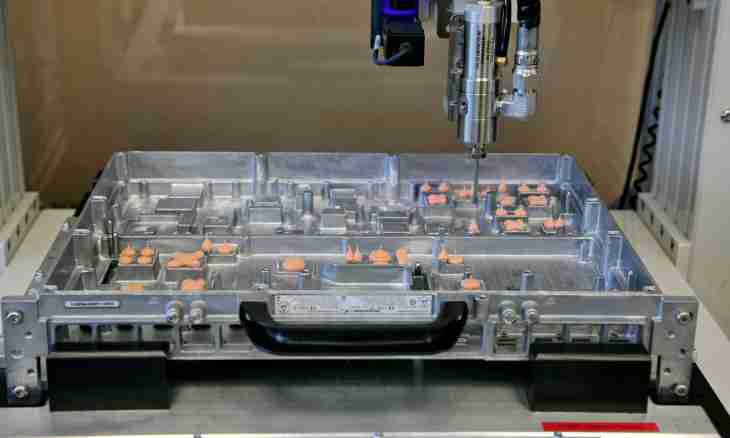One of concepts of mathematics which is given not all it is modules. The module is always positive as it is distance from a reference mark to the point corresponding to this number. The complexity is that under the module both the positive, and negative number can disappear, and at disclosure it should be considered.
It is required to you
- - equation with the module.
Instruction
1. If in the equation only one module, arrive as follows. Transfer all values which are not contained under the module to the right part. Then use a formula IaI=b => and =±b, and b≥0 (at b
2. In the same way solve the equations in which x contains at the same time both under the module, and without module. Transfer all parts without module to the right part and open the module, having turned one equation into a system from two. Here it is already necessary to specify ODZ as it will participate in search of the decision.
3. If the equation contains two modules equal among themselves, arrive thus. Open the second module so as if this usual number. Thus, at you the system from two equations will turn out, solve everyone separately and unite the decision. For example, Ix equation +3I=Ih-7I is given. After disclosure of the module you receive two equations: x +3= x-7 and x +3=-(x-7). The first equation of decisions has no (3=-7), and from the second it is possible to receive also =2. Thus, decision one x =2.
4. If besides two modules in the equation there is a number, the decision becomes complicated a little. To solve such equation, break area of permissible values into several intervals. For this purpose find values x at which modules are nullified (equate modules to zero). Thus, you receive several intervals at which modules reveal with different signs. Then consider separately each case, opening the module with that sign which turns out at substitution of one of values of an interval. As a result you receive several decisions which will need to be united. For example, Ix equation +2I+Ih-1I=5 is given. Having equated modules to zero, receive borders of intervals-2 and 1. Consider the first interval: x

